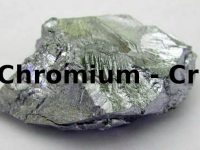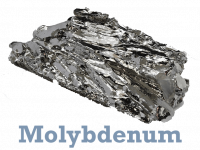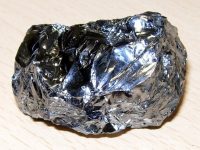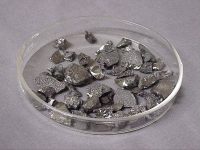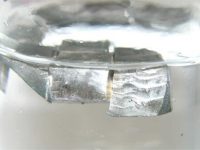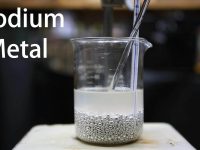Sources of Chromium Chromium is a wear metal found in the coating of parts like valves, rods, rings, and bearings. Typically, increasing levels of chromium, and possibly nickel, disproportional with iron, indicate coating wear, whereas proportional increases suggest steel alloy wear. One form of proportional chromium and iron increase may arise from non-wearing parts made…
Read more
Sources of Chromium
